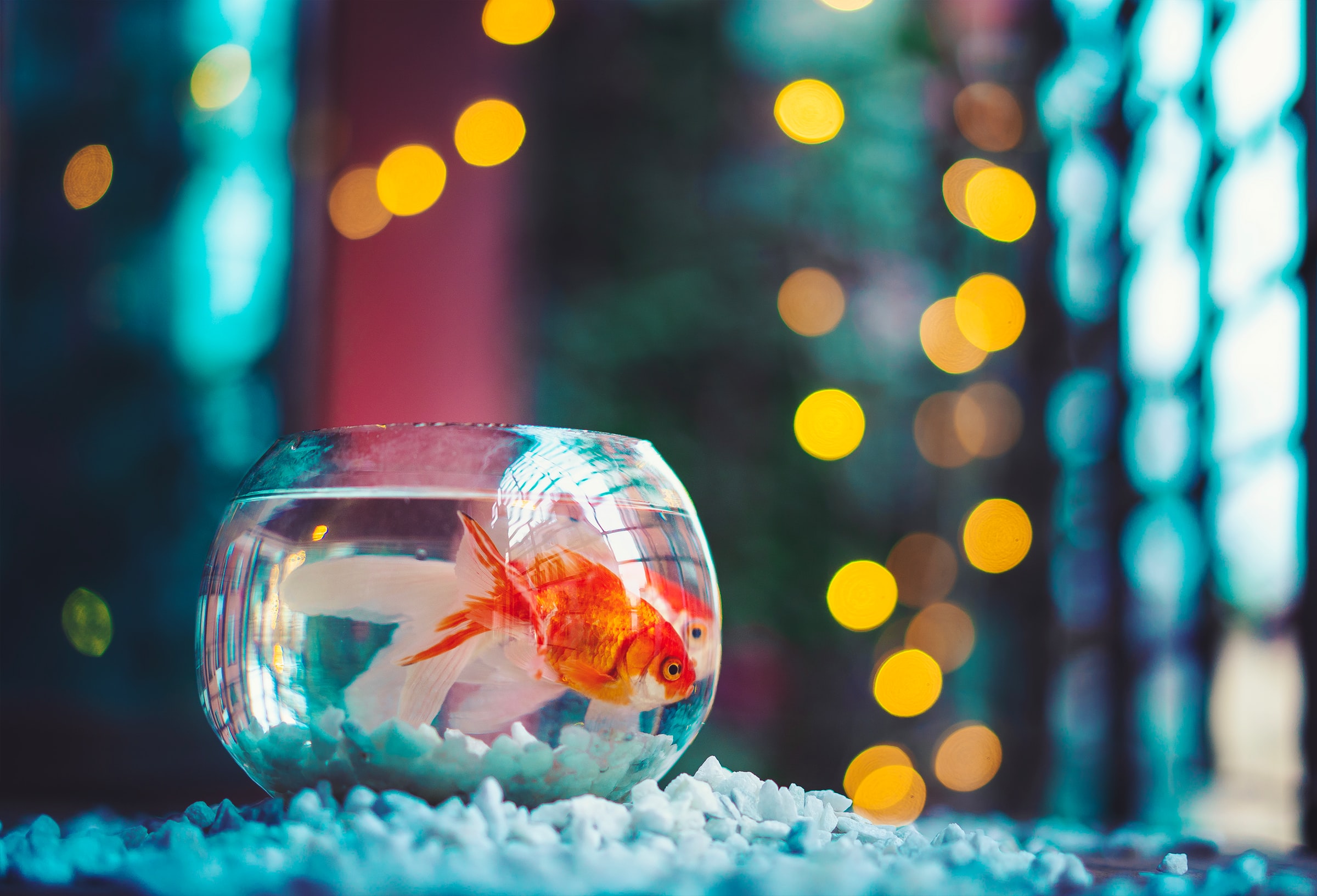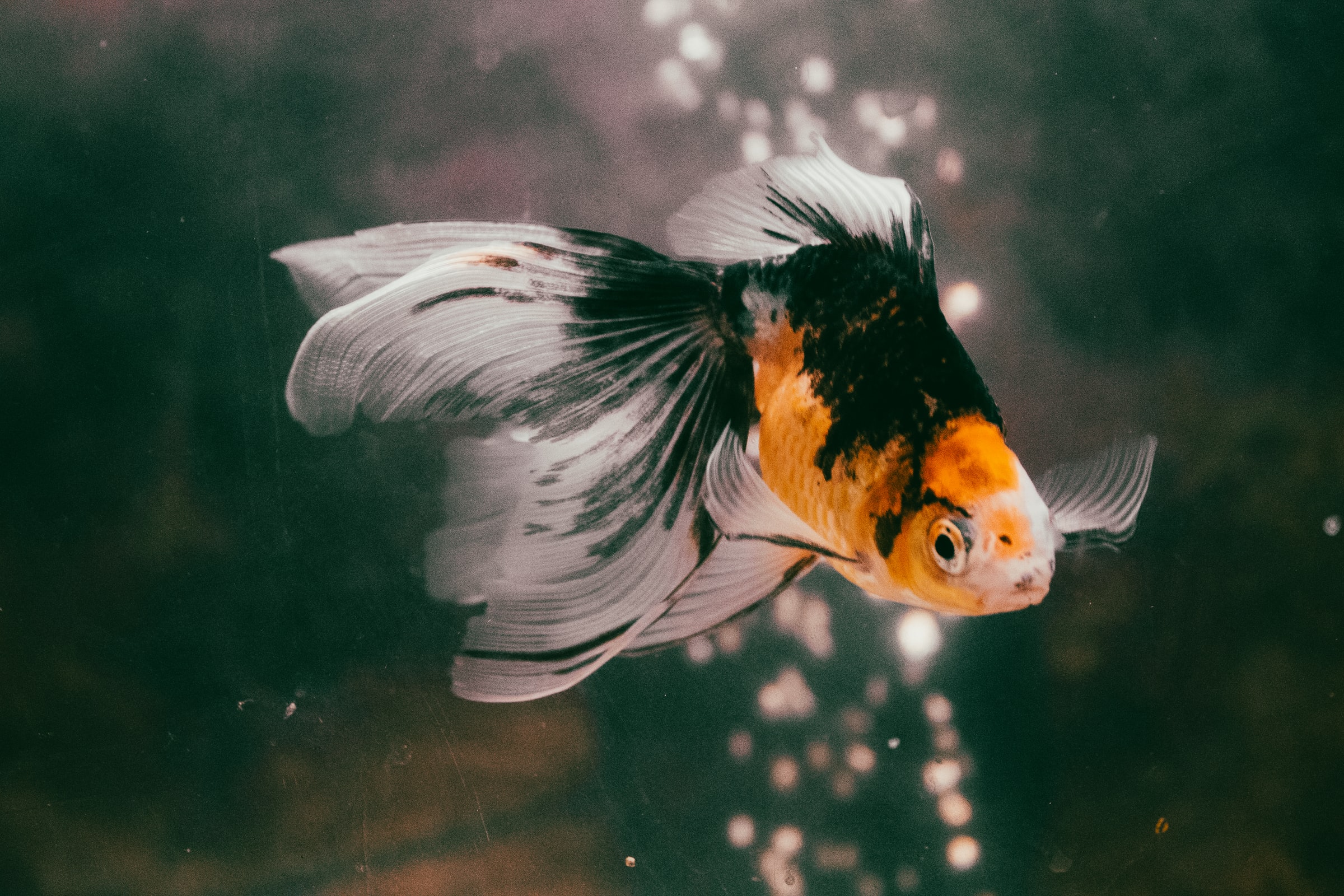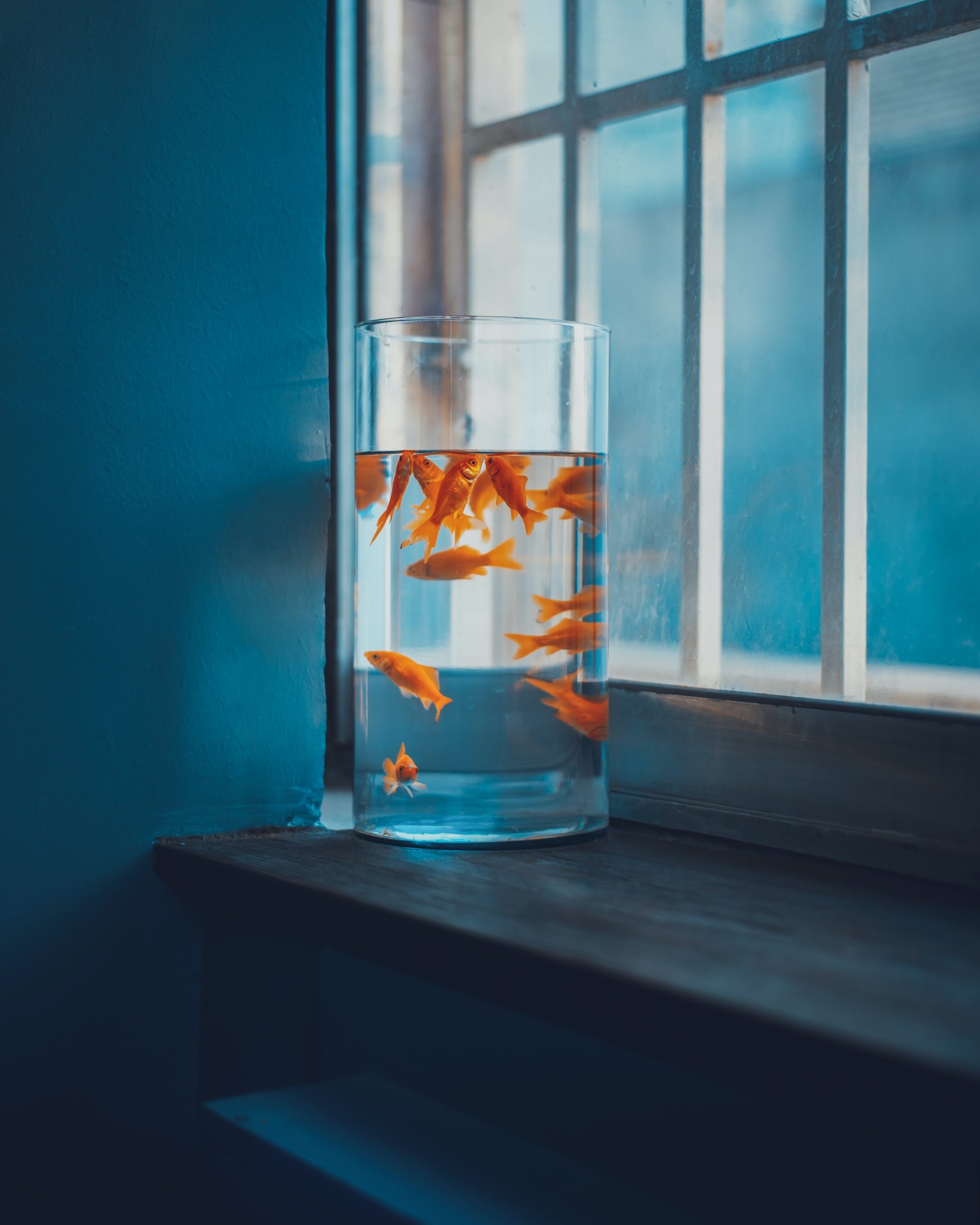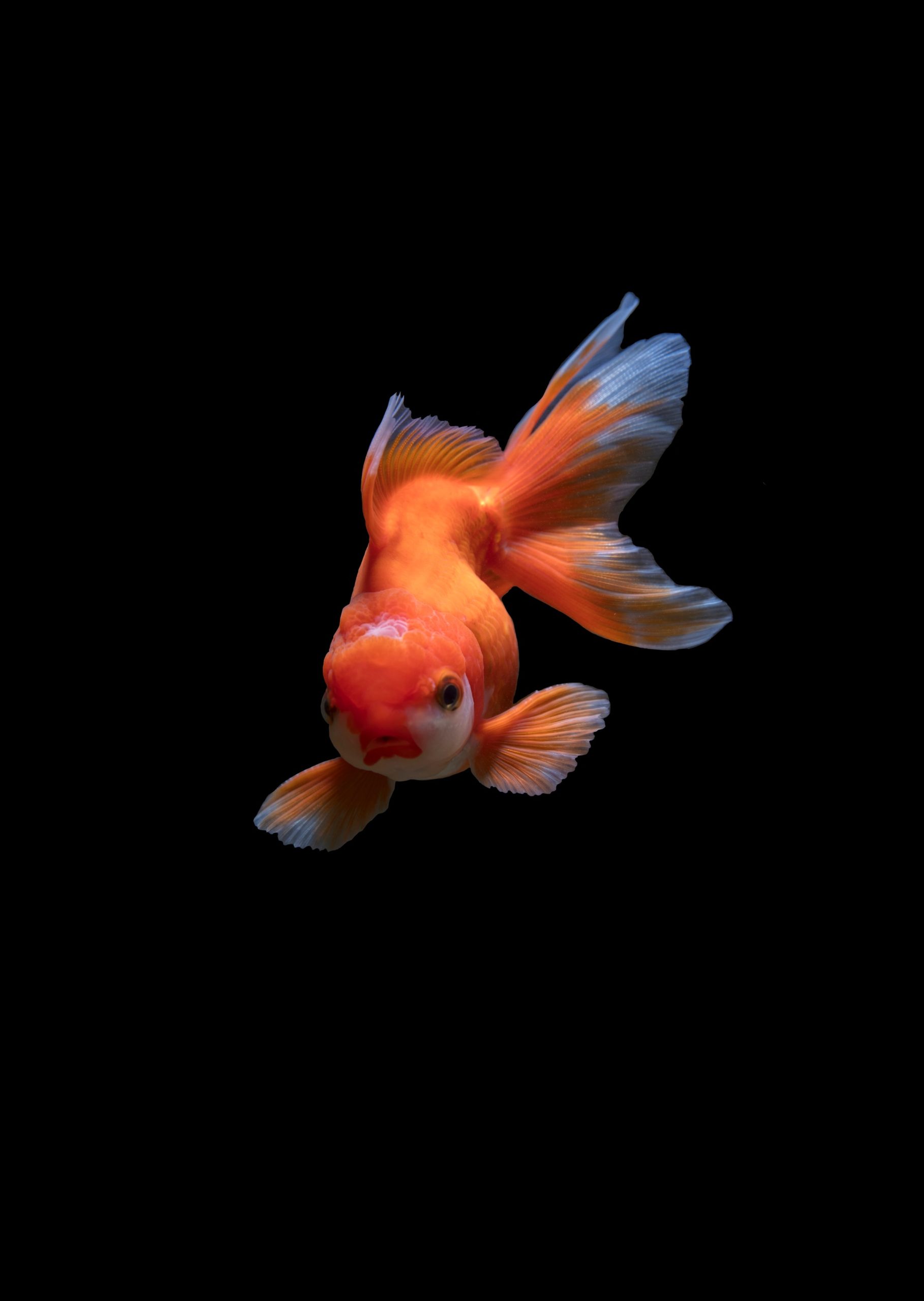
It’s a safe bet that most people who want to adopt a fish think of the goldfish first. This pet can become ill or even die prematurely without proper care and feeding. This popular aquarium fish is straightforward to keep, provided that the aquarium is well balanced. How to take care of a goldfish and how to prepare its aquarium? What are the most common health problems of goldfish? Discover the answer in the following!
1. What is a goldfish?

With its scientific name Carassius auratus, the goldfish or golden carassin belongs to the large family of freshwater fishes: the Cyprinidae. Omnivorous, the goldfish has a reputation as “trash fish,” which devours almost everything it finds. As you can see, it is not a fine palate. It will be happy to eat what you serve it. However, be careful not to give him anything and everything (we will come back to this later)!
Goldfish are native to China and Japan. There are now several varieties thanks to crossbreeding and selections, including the bubble eyes fish, the oranda fish, and the lion head. From 10 to 18 cm (adult size), the goldfish grows as it has space in its aquarium. And if you want to make him happy, a few companions will not be too much. Indeed, goldfish like to live in groups of 2 or 3 individuals.
2. How to prepare the aquarium for your goldfish?
Contrary to what you might think and to what you might have seen in some Tom & Jerry episodes, goldfish cannot be satisfied with a glass jar. Ideally, put your goldfish in a small aquarium. The latter has a larger surface area for oxygenation, allowing your pet to reach ideal adult size and move more freely.
Specifically, you will need 4 liters of water for a goldfish of 2 to 3 cm. Don’t forget to decorate the aquarium with non-calcareous rocks, sand with a large granulometry, and oxygenating plants such as myriophila or bacopa. If you are not particularly handy, there are ready-to-use aquariums available for sale in stores.
Remember that the goldfish is a small animal, particularly gluttonous. In other words, despite its small size, it is a big eater and a big detritivore. And who says appetite, says fast pollution of the water of the aquarium, were from the necessity to install a filter. Moreover, aeration may be essential depending on the ambient temperature, especially above 20° C.
3. Which water for the goldfish aquarium?

Some goldfish varieties are delicate, especially telescopes, oranda, or bubble eyes. It is, therefore, necessary to pay particular attention to the water of the aquarium or pond. The water must have the right temperature and pH level. It is perfectly possible to use tap water to fill your goldfish’s tank or aquarium, as long as you let it stand long enough (4 to 6 hours) for the chlorine to evaporate.
Concerning the temperature, you must know that goldfish are cold water animals (from 1° C to 28° C). Therefore, make sure to keep the water temperature around 15 to 20° C, or 26° C for the most delicate varieties (sail tail, oranda, telescope, lion head). You should also change it frequently, at a rate of 20% of its total quantity once a week.
The pH should be between 7 and 8 (neutral to alkaline) and the hardness between 5° d GH and 15° d GH. Finally, to facilitate the acclimatization of your goldfish and protect its gills, do not forget to use a water conditioner.
4. What to feed a goldfish?
What does a goldfish eat? How often should I feed a goldfish? Does it require special foods that are hard to find? So many questions that most beginners in goldfish breeding ask themselves. Let’s remember, at the risk of repeating ourselves, that goldfish are very undemanding when it comes to food. But this does not mean that you can give him anything and everything.
Goldfish is a gluttonous animal that will not hesitate to devour everything you give it. A goldfish’s basic diet is made of floating flakes and pellets, completed by artemia, vegetable flakes, zucchini, and bloodworms. Be especially careful with the amount of food served and the frequency of feeding. Avoid bread as it can cause severe digestive problems by swelling in the fish’s intestine.
Eating more than he needs can make him sick. So try to give him small amounts 2 or 3 times a day; it’s better than giving him a big amount at once. The ideal amount of food depends on the size of the fish, but how to estimate it? Don’t panic; there is a little rule for that: only serve the fish what it can eat in 3 minutes.
5. What is the life expectancy of a goldfish?

Just like size, the life expectancy of goldfish depends directly on its living environment. In other words, the more space it has available, the larger it will grow to a size of 25 to 30 cm, and the longer it will live. The average lifespan of a goldfish is estimated at 10 years. That said, in a tank, it can live to be 30 years old!
Sound off in the comments section below and tell us what you want to read next and if you want to read more about having goldfish.





